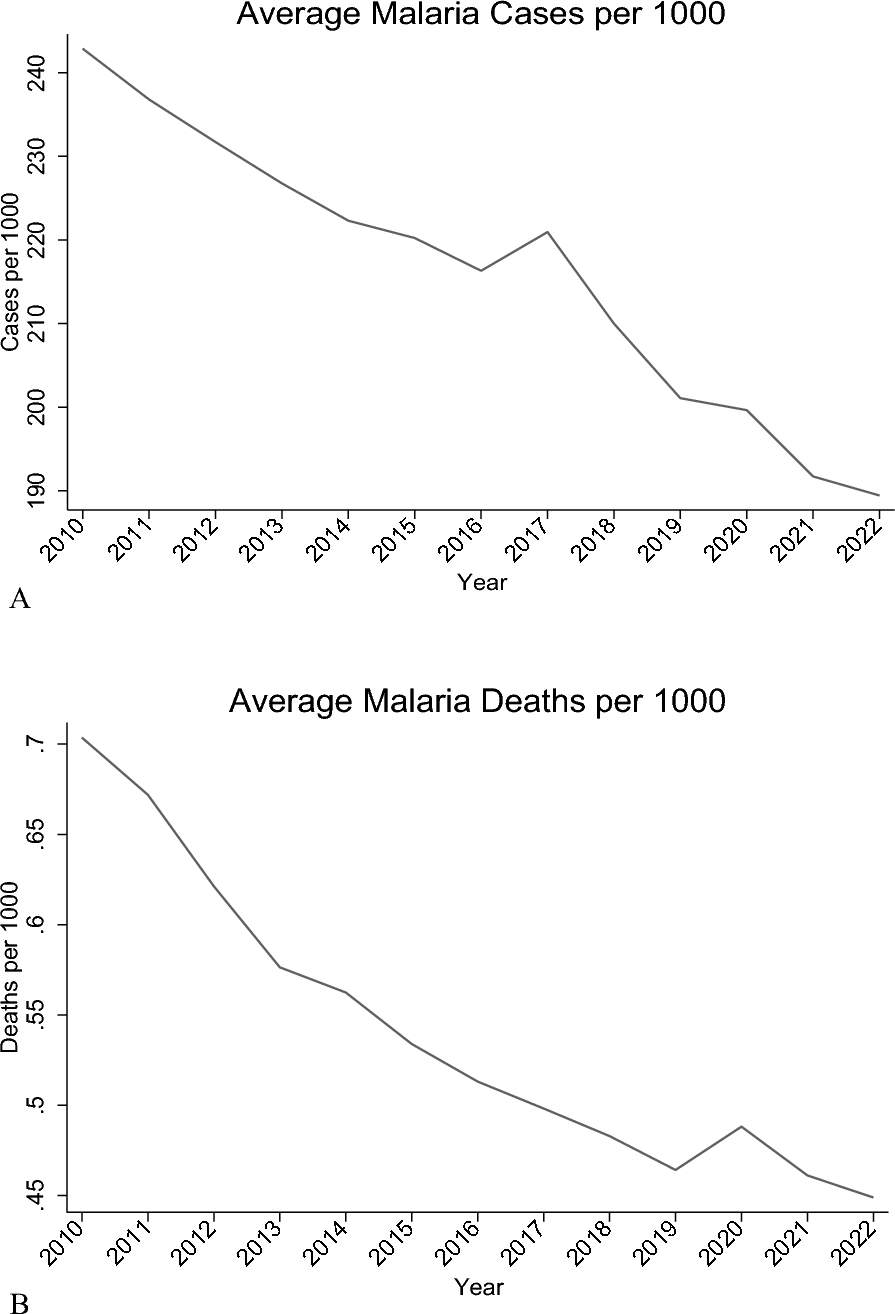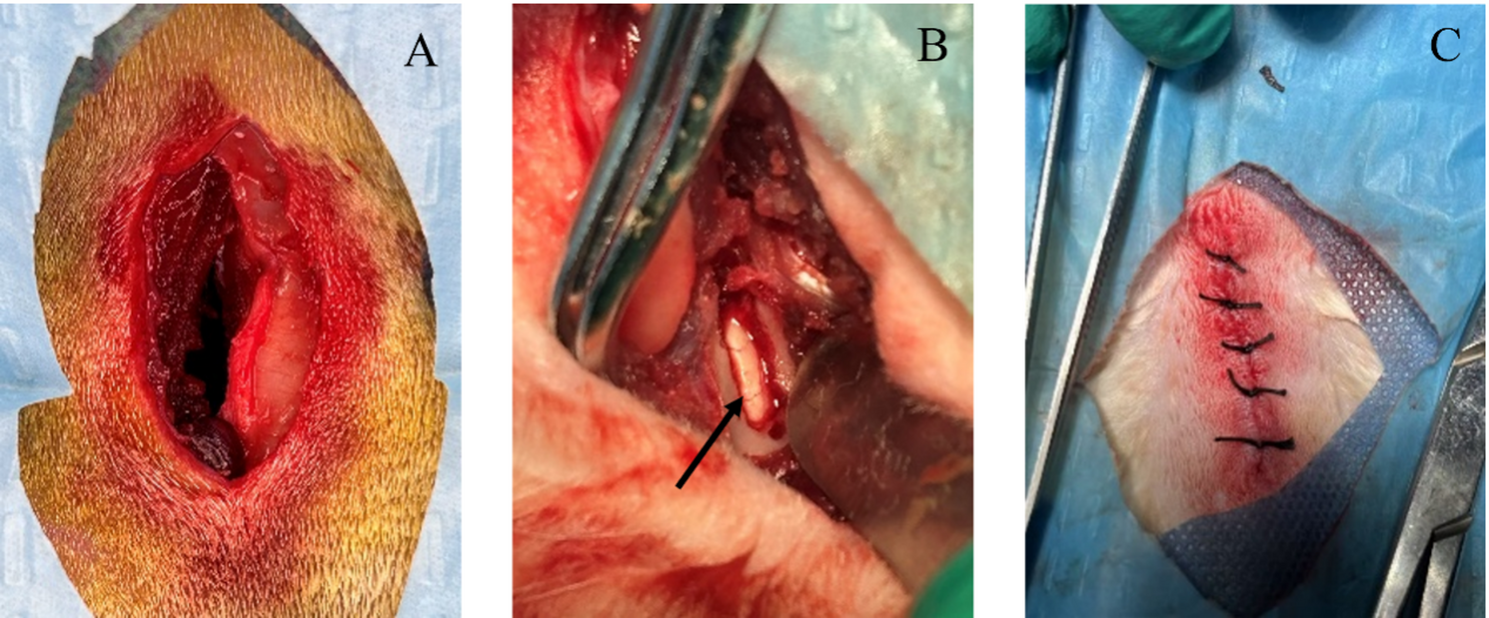- Exclusive license via Yeda to two Weizmann Institute patent families from Prof. Nir London’s lab, a leader in covalent drug design
- Site-specific, durable and traceless…
Blog
-
Actithera Secures Exclusive Rights to Innovative Covalent Chemistry Technologies from Weizmann Institute for Targeted Radiopharmaceutical Applications
-

Indian Cricketer Dies on the Pitch After Domestic Match in Uttar Pradesh
A heart-wrenching tragedy struck Indian domestic cricket on Sunday when veteran fast bowler Ahmer Khan collapsed and died moments after bowling the final delivery of a match in Muradabad district, Uttar Pradesh.
According to…
Continue Reading
-

Pakistan ready for crucial away clash against Afghanistan, says Solano
Pakistan national football team head coach…
Continue Reading
-

Institutional quality, aid flows, and malaria burden: a geospatial analysis of sub-Saharan Africa | Malaria Journal
Bhatt S, Weiss DJ, Cameron E, Bisanzio D, Mappin B, Dalrymple U, et al. The effect of malaria control on Plasmodium falciparum in Africa between 2000 and 2015. Nature. 2015;526:207–11.
Google…
Continue Reading
-

Establishment of a rabbit model for microscopically assisted posterior lumbar fenestration | Journal of Orthopaedic Surgery and Research
Experimental conditions and equipment
This study was approved by the Institutional Animal Care and Use Committee of Shihezi University (Approval No. A2024-392). All surgical procedures were performed in the Animal Laboratory of Shihezi University…
Continue Reading
-

Spotify and Barça press ‘Play’ with Ed Sheeran for the upcoming Clásico
The seventh Spotify logo change on the Barça shirt will have the honour of welcoming Ed Sheeran. The British artist becomes the first male solo pop musician to feature on an FC Barcelona jersey, with the logo of his latest studio album, Play,…
Continue Reading
-

Taking Triple Leaps to AI UBB and Inspiring New Business Growth
[Paris, France, October 13, 2025] At the 11th Ultra-Broadband Forum (UBBF) 2025, James Chen, the President of Huawei’s Carrier Business, shared a number of new best practices the company has developed with operators that drive growth with AI-powered ultra-broadband (UBB). In his keynote speech, “Triple Leaps to AI UBB: Inspiring New Business Growth,” Chen said operators have taken leaps in depth, breadth, and height to create new growth in the AI UBB era.
James Chen, President of Huawei Carrier Business, delivering a keynote speech
“Leapfrog innovations drive great business success,” he said. “Operators can seize this major opportunity to create new growth by deepening experience assurance capabilities, expanding business boundaries to include digital and intelligent services, and competing at higher levels by accelerating network intelligence.” Based on operators’ practices in different sectors, Chen interpreted the leaps in three dimensions of innovation: depth, breadth, and height.
A leap in depth: Driving a paradigm shift from bandwidth- to experience-centric monetization
Carriers combine AI capabilities with networks to accurately detect where application experience improvements are needed and proactively ensure the experience of key applications such as AI cloud gaming and 4K livestreaming, achieving a leap from user-level to application-level experience monetization.
An example of how this new monetization model helps operators is a leading operator from Thailand that has used Huawei’s AI WAN solution to develop new application-level experience assurance capabilities. This operator can now provide application acceleration packages for services such as gaming, home office, and livestreaming. This has enabled users to enjoy a smoother gaming experience, while the operator has drastically increased average revenue per user (ARPU).
A leap in breadth: Pushing the business boundaries to include digital intelligence and computing services
- In the home network market: Global operators collectively have over 1 billion home gateways, which give them a natural advantage in upgrading from home network providers to smart home service providers. This year, Huawei developed a new home gateway – the AI Homehub, which supports voice interaction and quick AI agent deployment. One operator has rolled out smart home services using this home gateway and increased its ARPU of home services by 60%.
- In the SME market: Operators can use fiber to the office (FTTO) solutions to build a unified management platform, and provide SMEs with standard digital and intelligent services such as video and IoT services, helping enterprises realize intelligent transformation. Huawei has developed a series of FTTO solutions that integrate network, security, and computing capabilities. China’s three major carriers have already commercially used solutions such as these at scale to develop more than 2 million FTTO users.
- In the mid-sized and large enterprise market: Operators are using Wi-Fi-based integrated sensing and communications to develop new tools for growth. For example, some operators have used the technology in scenarios such as fall detection in elderly care and intelligent meeting room management for enterprises. In the UAE, e& has used Huawei’s AirEngine Wi-Fi 7, an integrated sensing and communications product, to provide Wi-Fi-as-a-Service offerings, which help enterprises reduce the TCO of a meeting room sensing system by 67%. Within a year, e& has gained 13% more customers.
- In the blue-ocean market of AI enterprise services: More enterprises are accessing cloud compute and require on-premise data processing, which requires networks that support new capabilities such as lossless transmission, elasticity, and security. This means computing-network service opportunities for operators. Huawei has worked with China Telecom Shanghai to develop an intelligent IP WAN with high computing usage effectiveness (CUE). This network enables enterprise customers to expand compute capacity in just weeks with less than 5% CUE loss. This means reliable access to AI DCs for enterprises and ensures that privacy data always stays within the enterprise.
A leap in height: Network O&M transformation from work-order-driven operations to intelligent operations
Operators can drive level 4 network autonomy for more intelligent networks to move away from work-order-driven operations towards intelligent operations.
For example, Huawei has worked with MasOrange in Spain to build Europe’s first level 4 autonomous IP network. Using iMaster NCE, the operator has been able to reduce mean time to repair (MTTR), which in turn helps to enhance user satisfaction.
Chen wrapped up his speech by saying that AI UBB is just starting out, and that Huawei is excited to work with operators and industry partners to pursue continuous innovation. The company aims to help operators succeed in the AI era through experience monetization, a second growth curve, and OPEX reduction.
Continue Reading
-

Great Scott! Casio’s £115 Limited-Edition ‘Back to the Future’ Watch Takes You Straight Back to 1985
Casio is marking the 40th anniversary of Back to the Future with a special edition of its classic calculator watch, the CA-500.
The new limited model, the CA-500WEBF, revives the original 1980s design made famous on Marty McFly’s wrist – this…
Continue Reading
-

Advantest Announces Call for Papers for VOICE 2026
TOKYO, Oct. 14, 2025 (GLOBE NEWSWIRE) — Leading semiconductor test equipment supplier Advantest Corporation (TSE: 6857) today announced a global call for papers for its VOICE 2026 Developer Conference, focusing on leading-edge technologies…
Continue Reading
